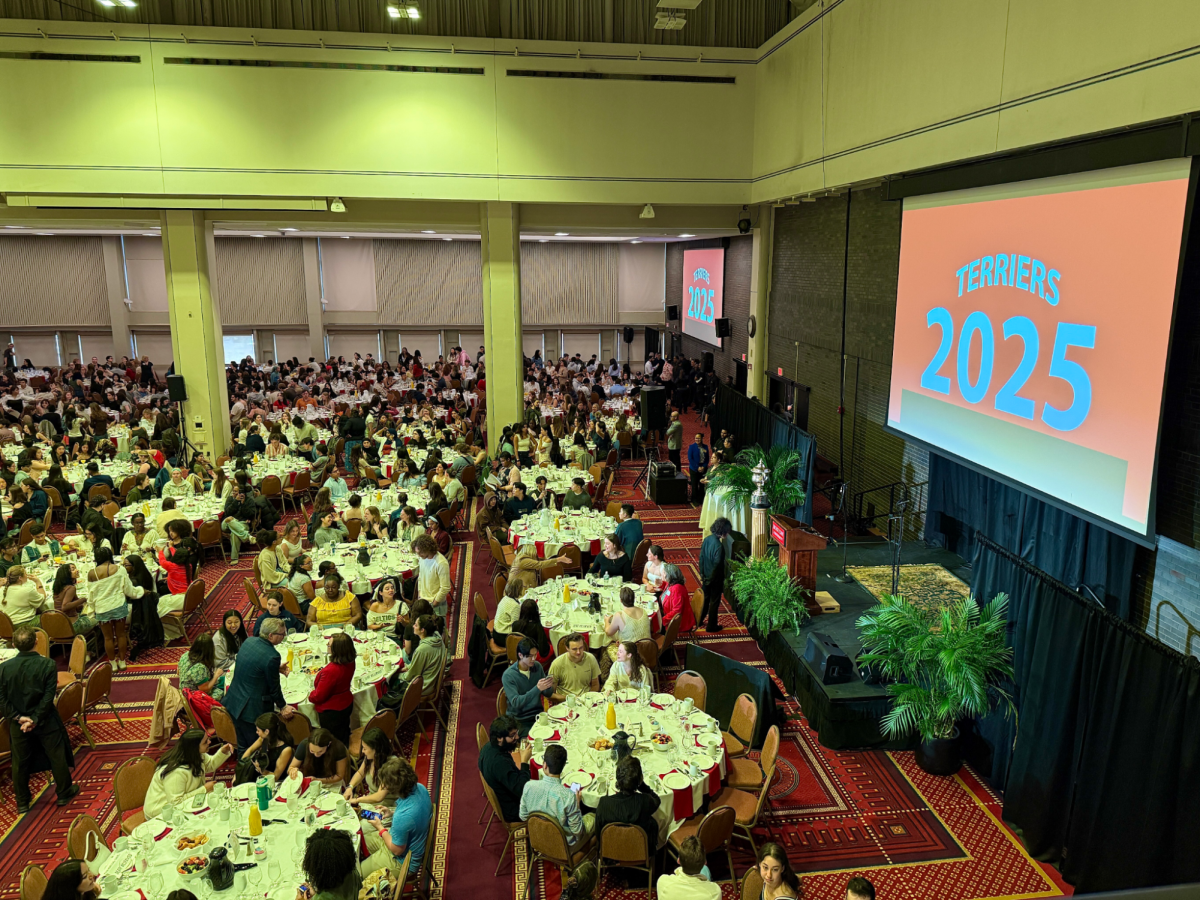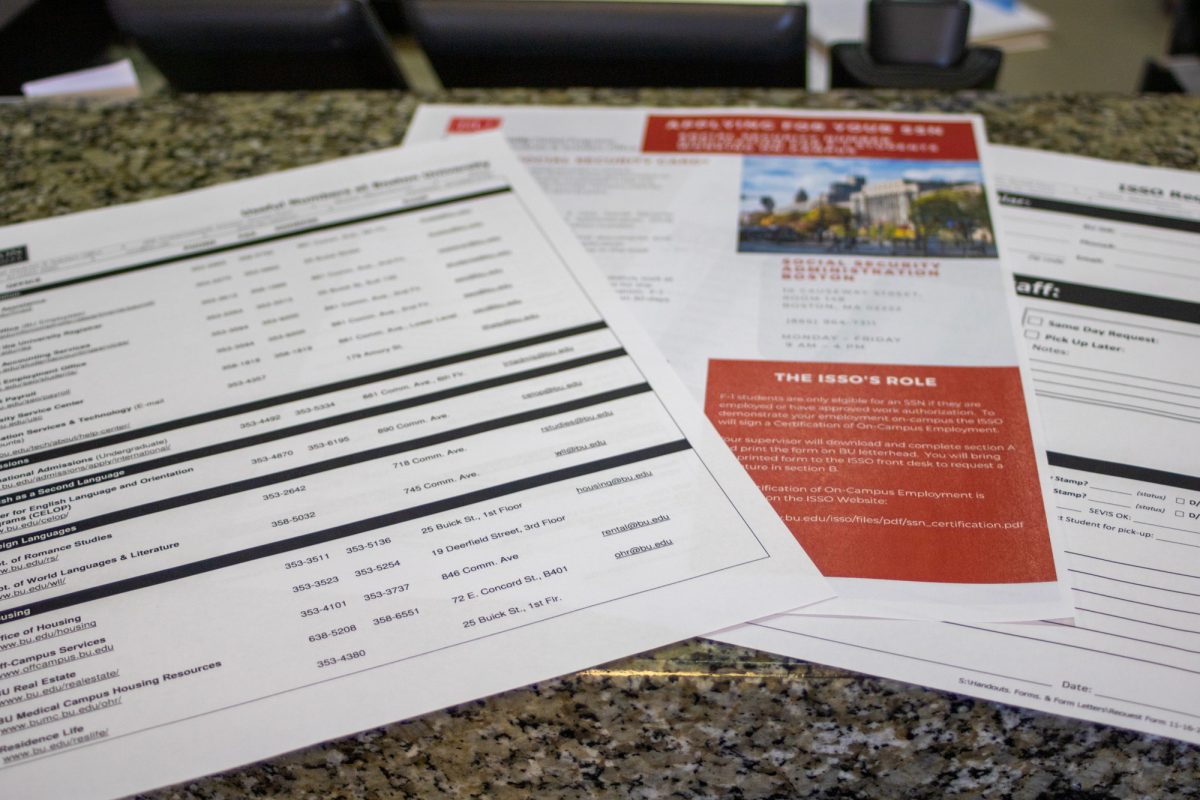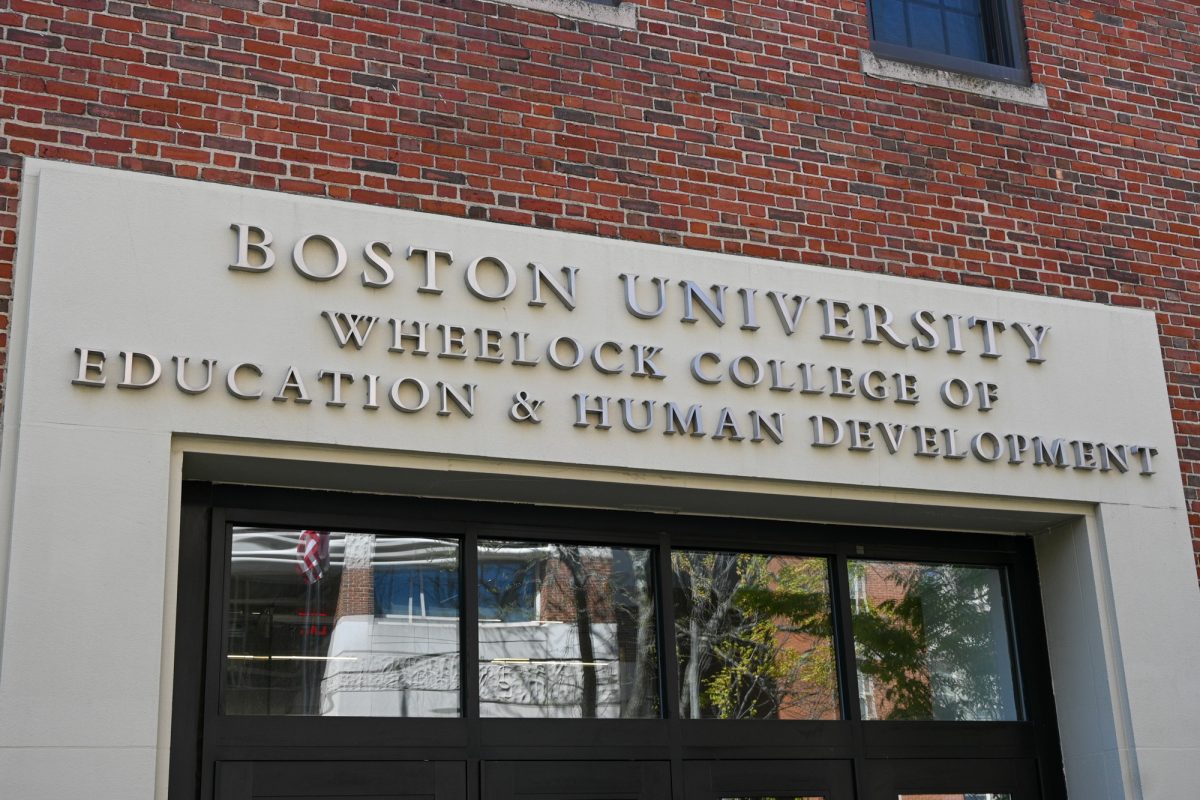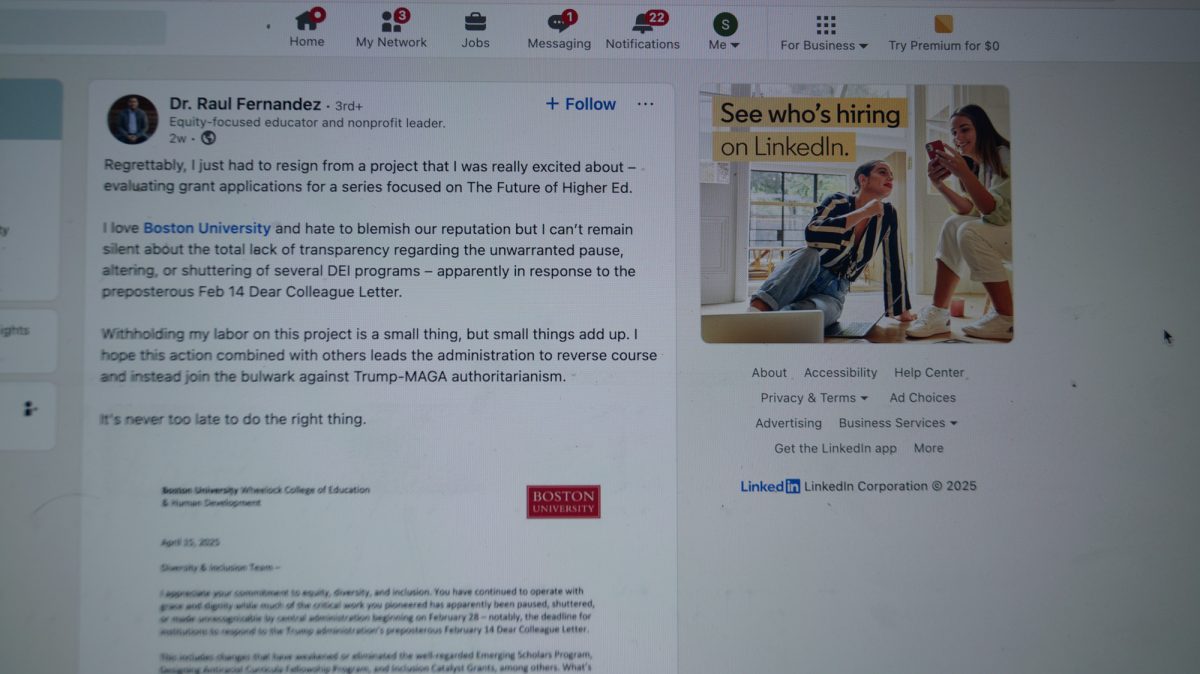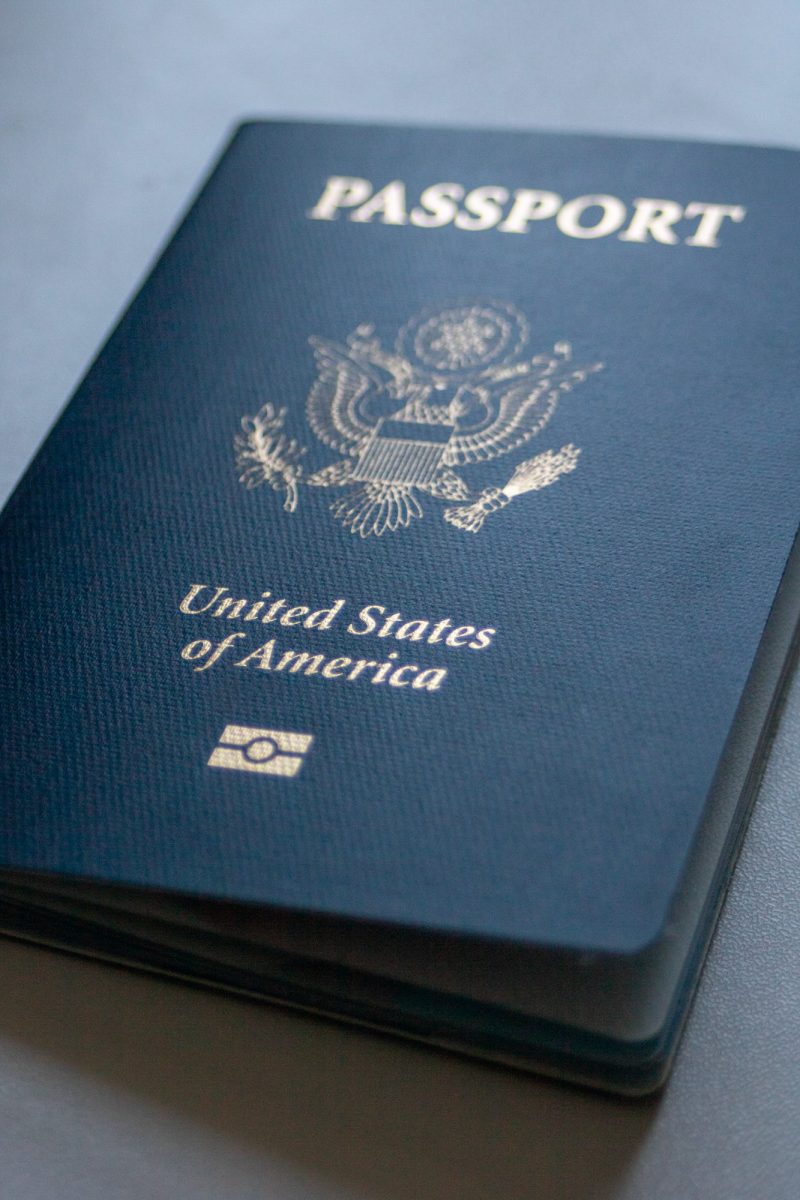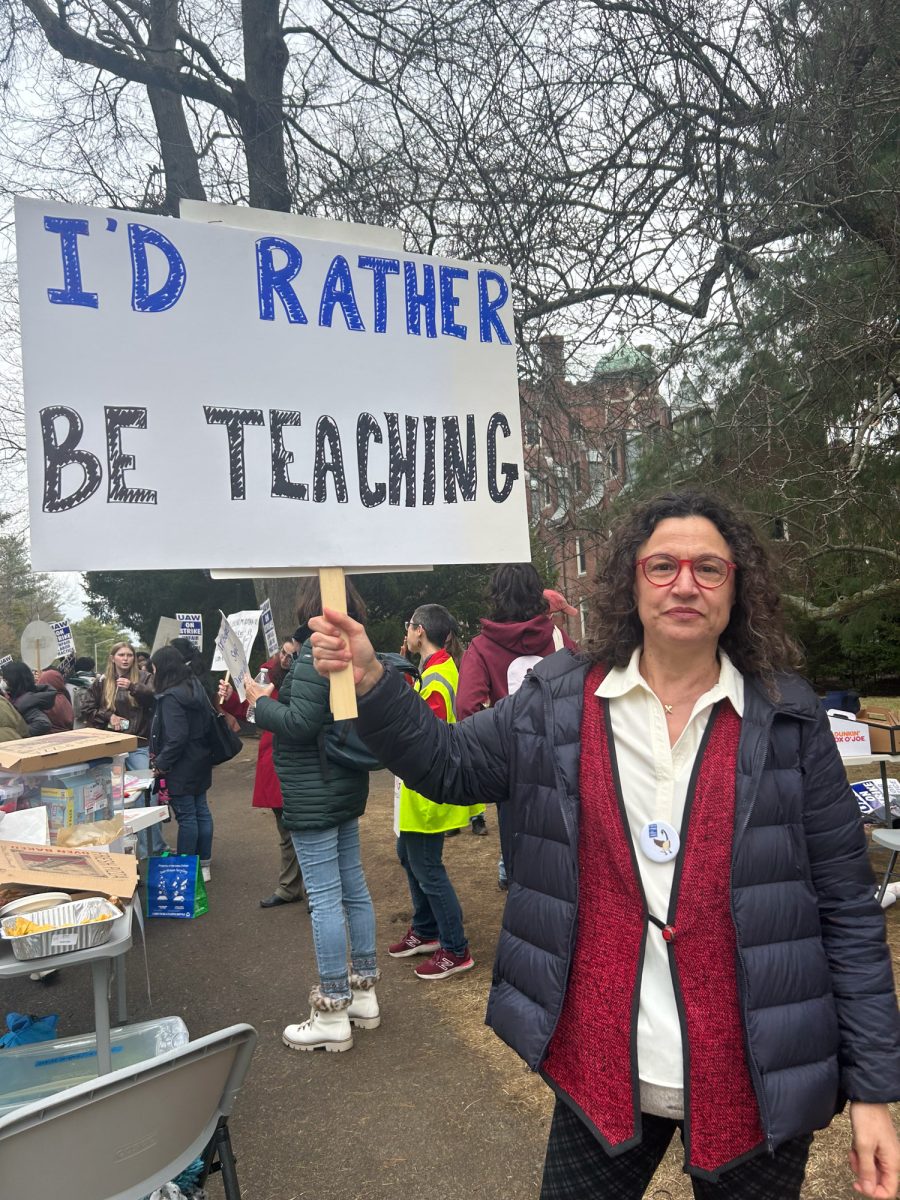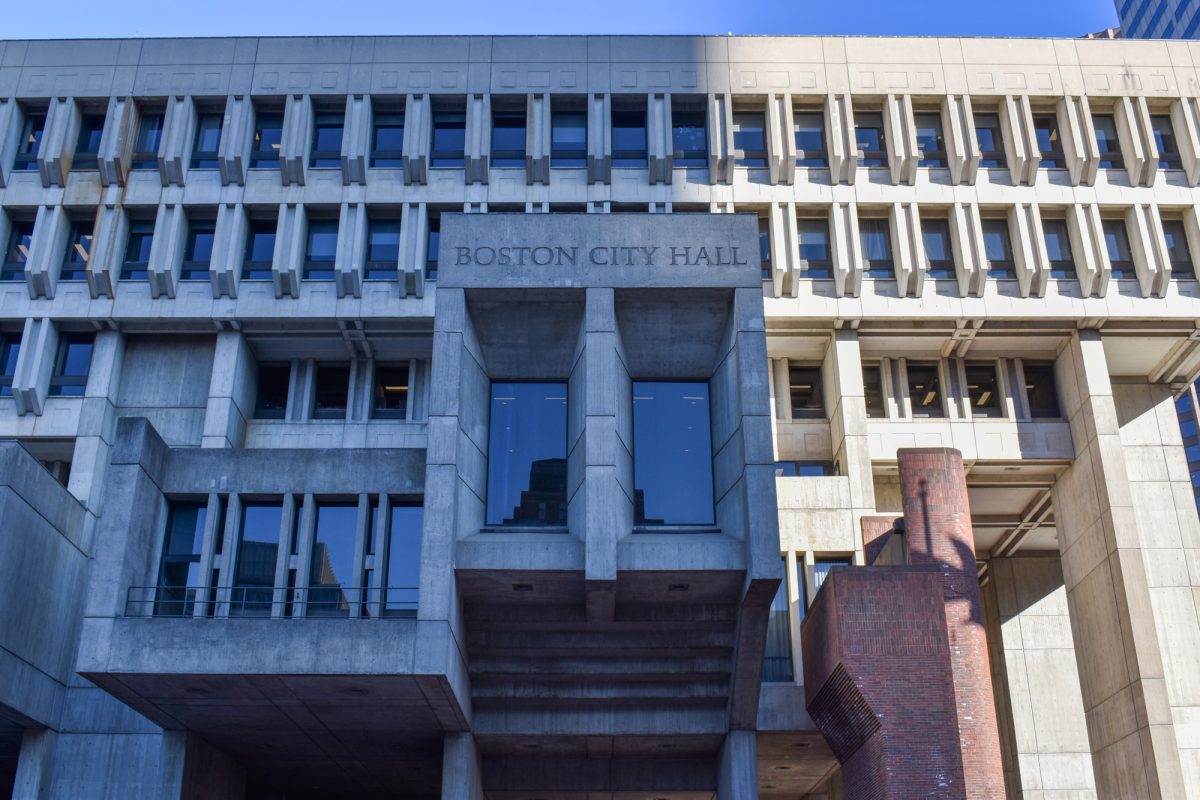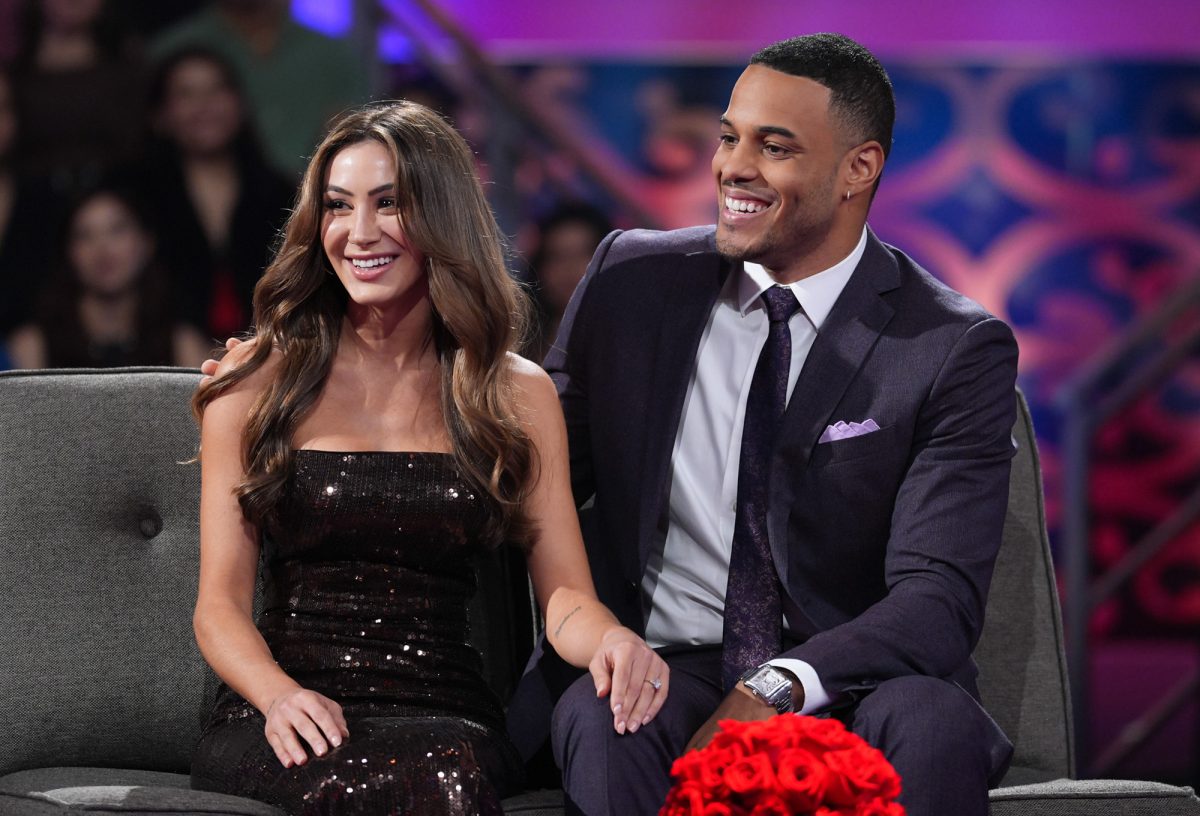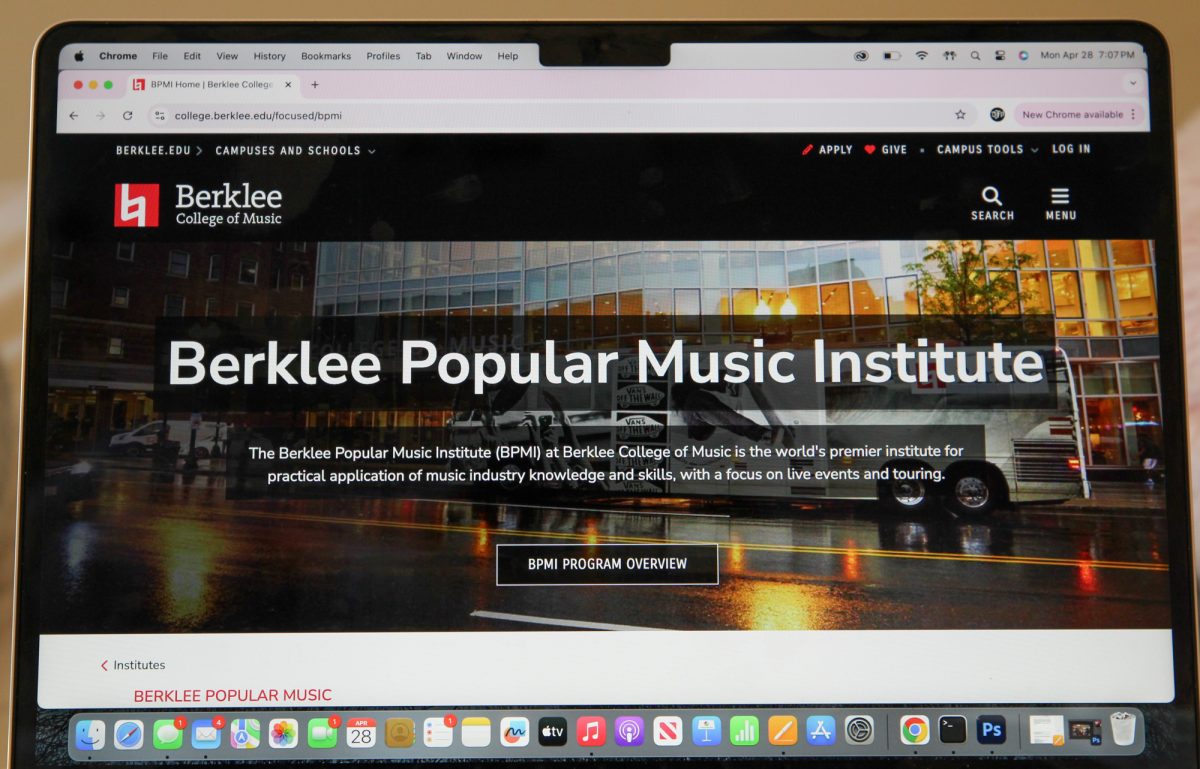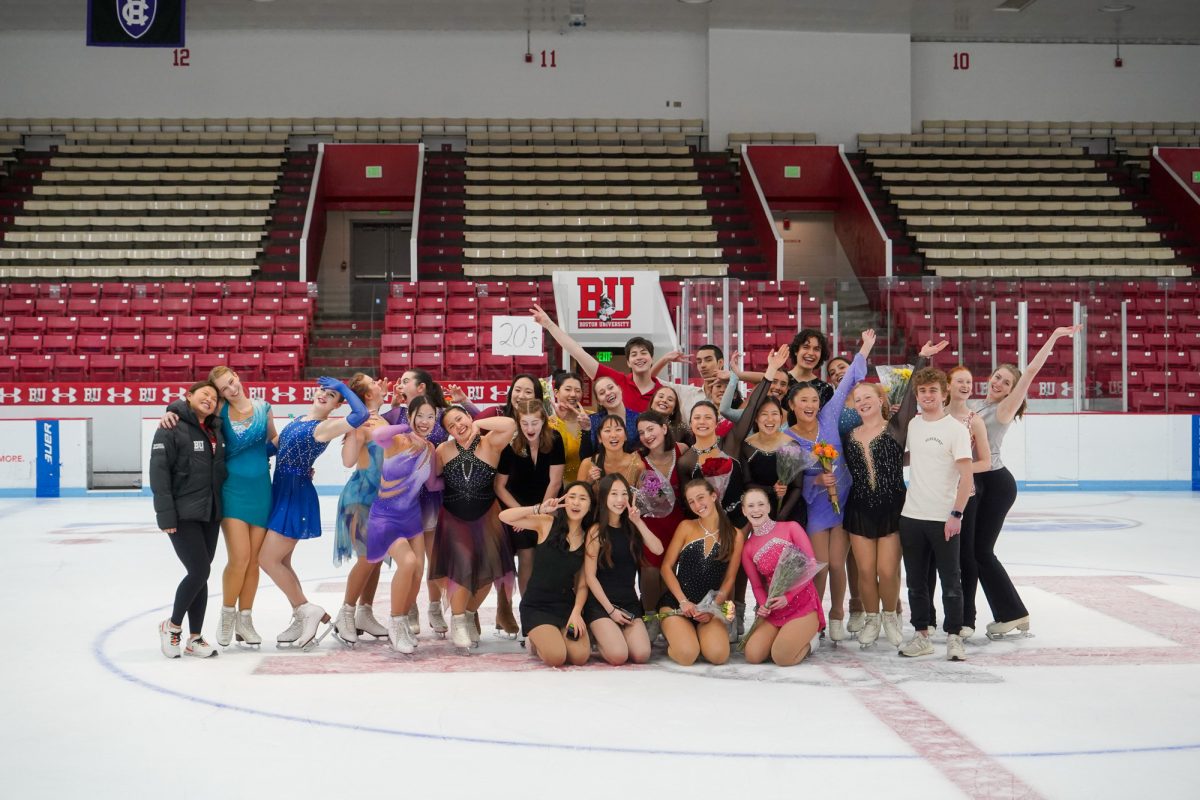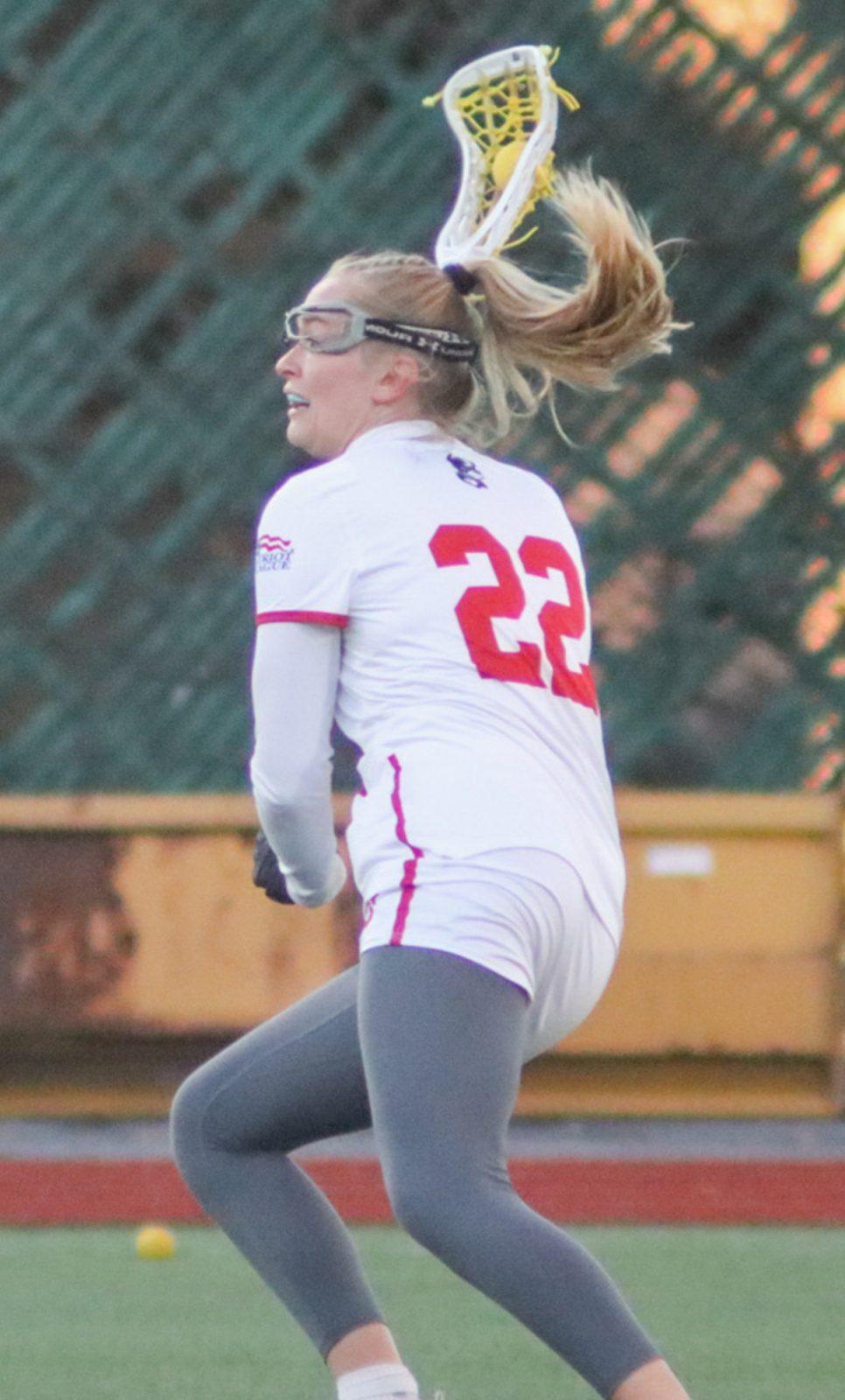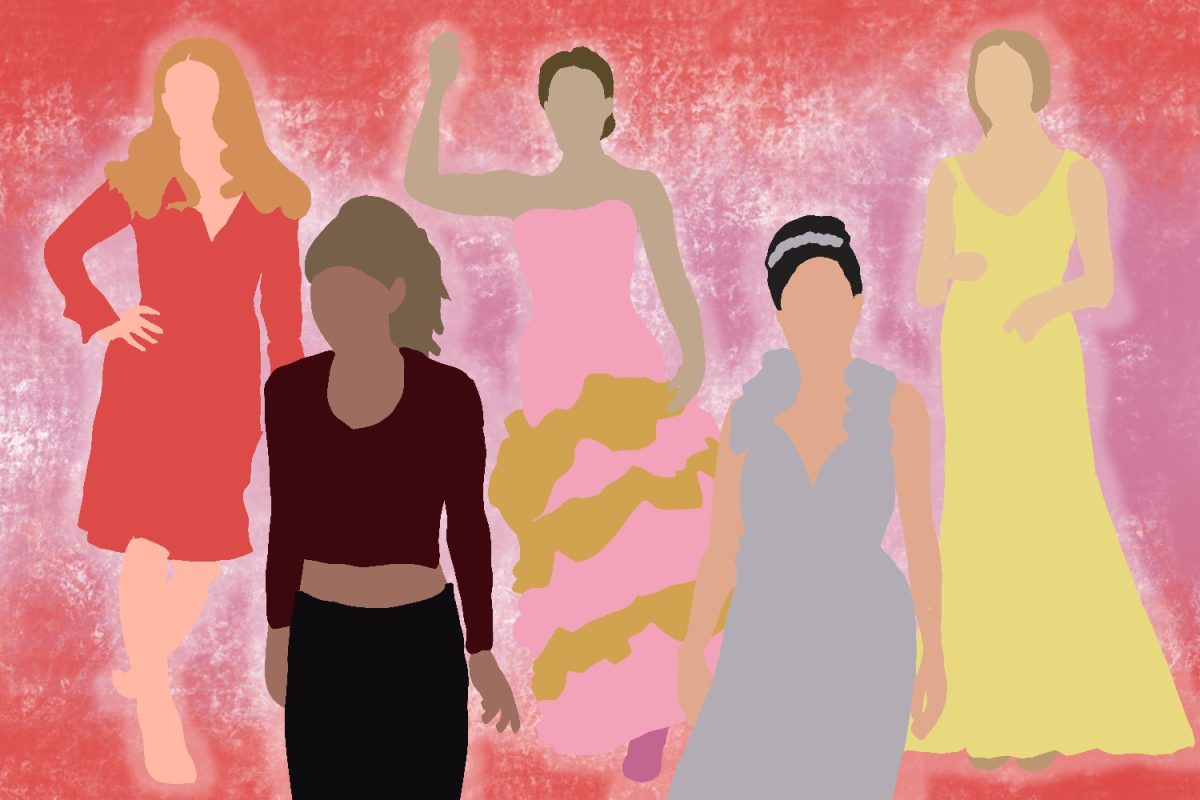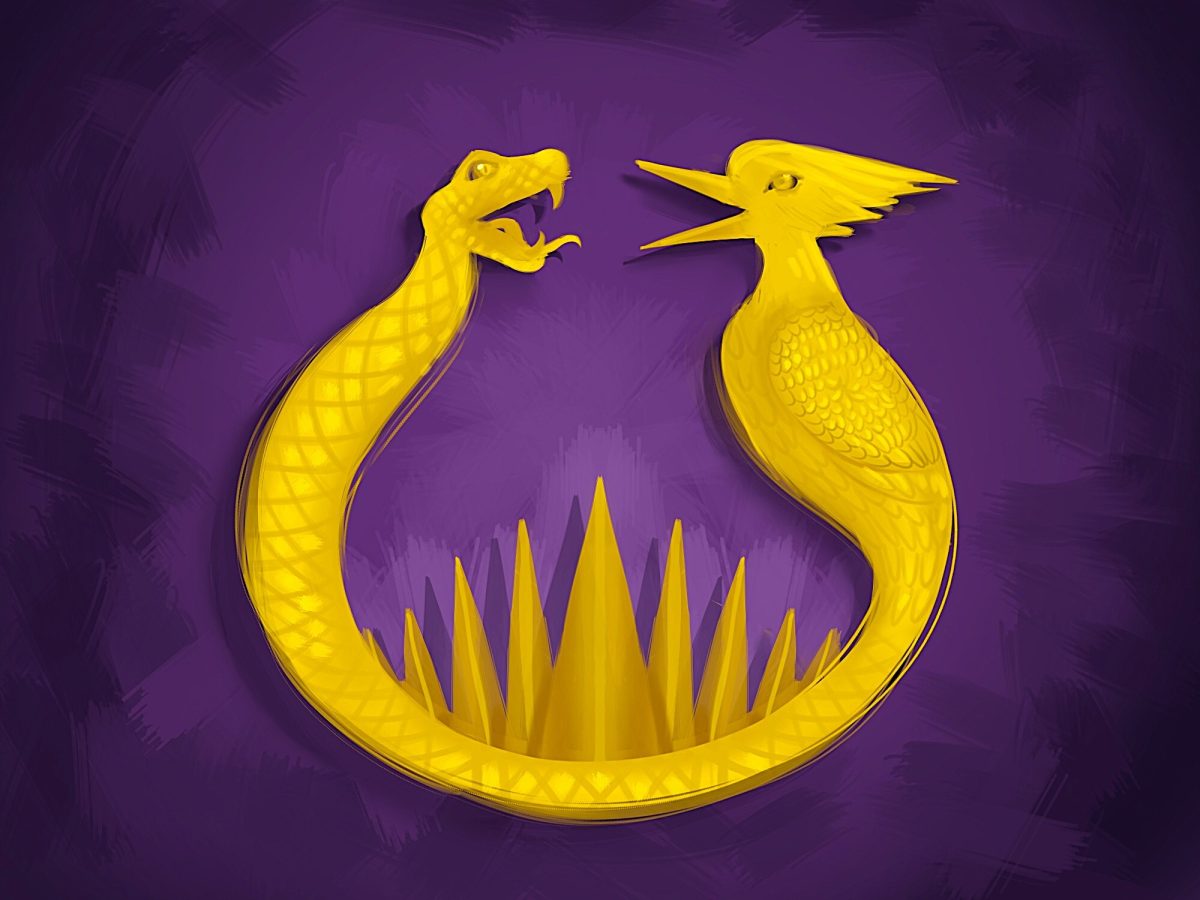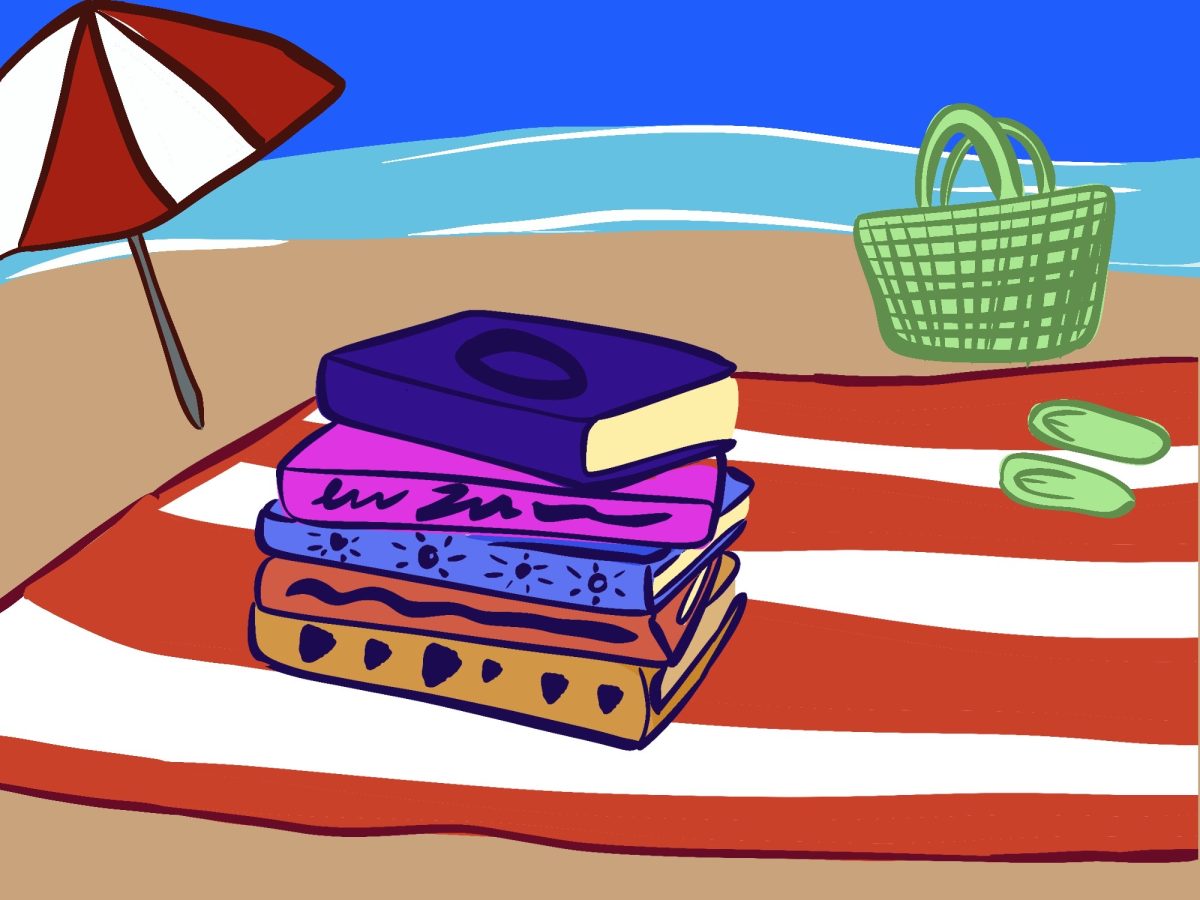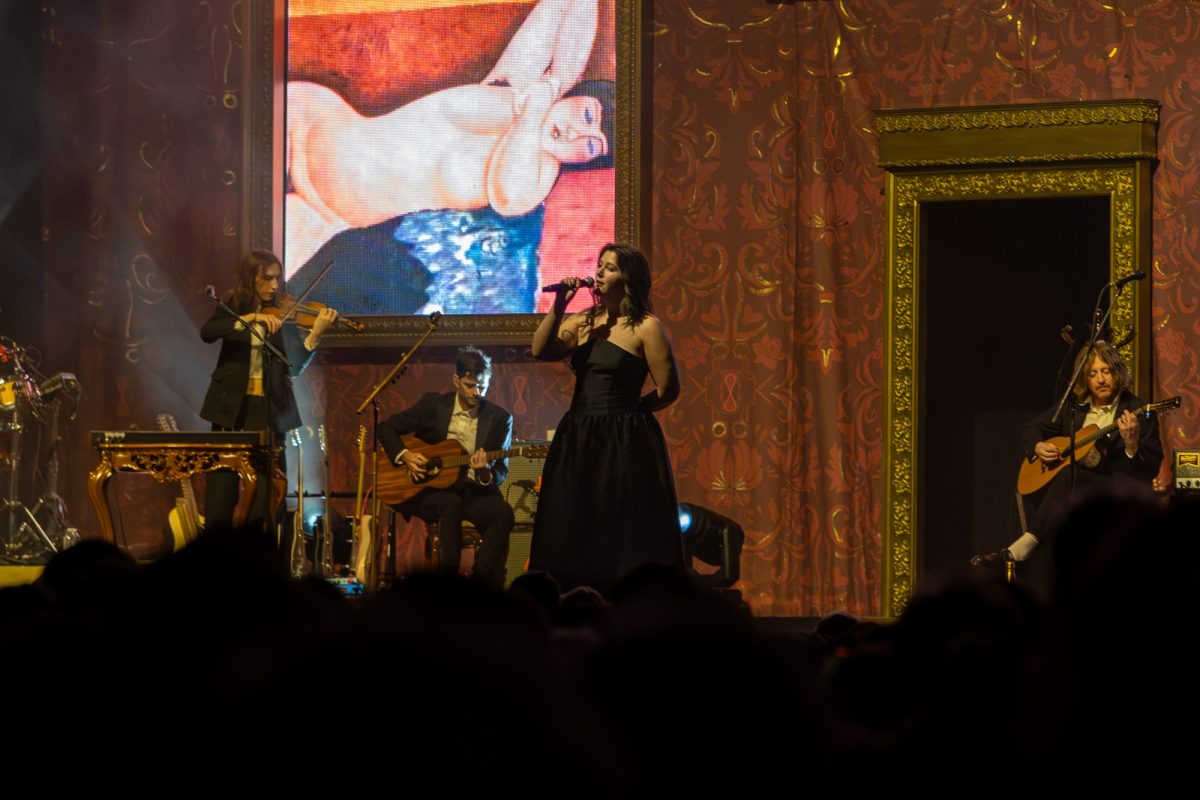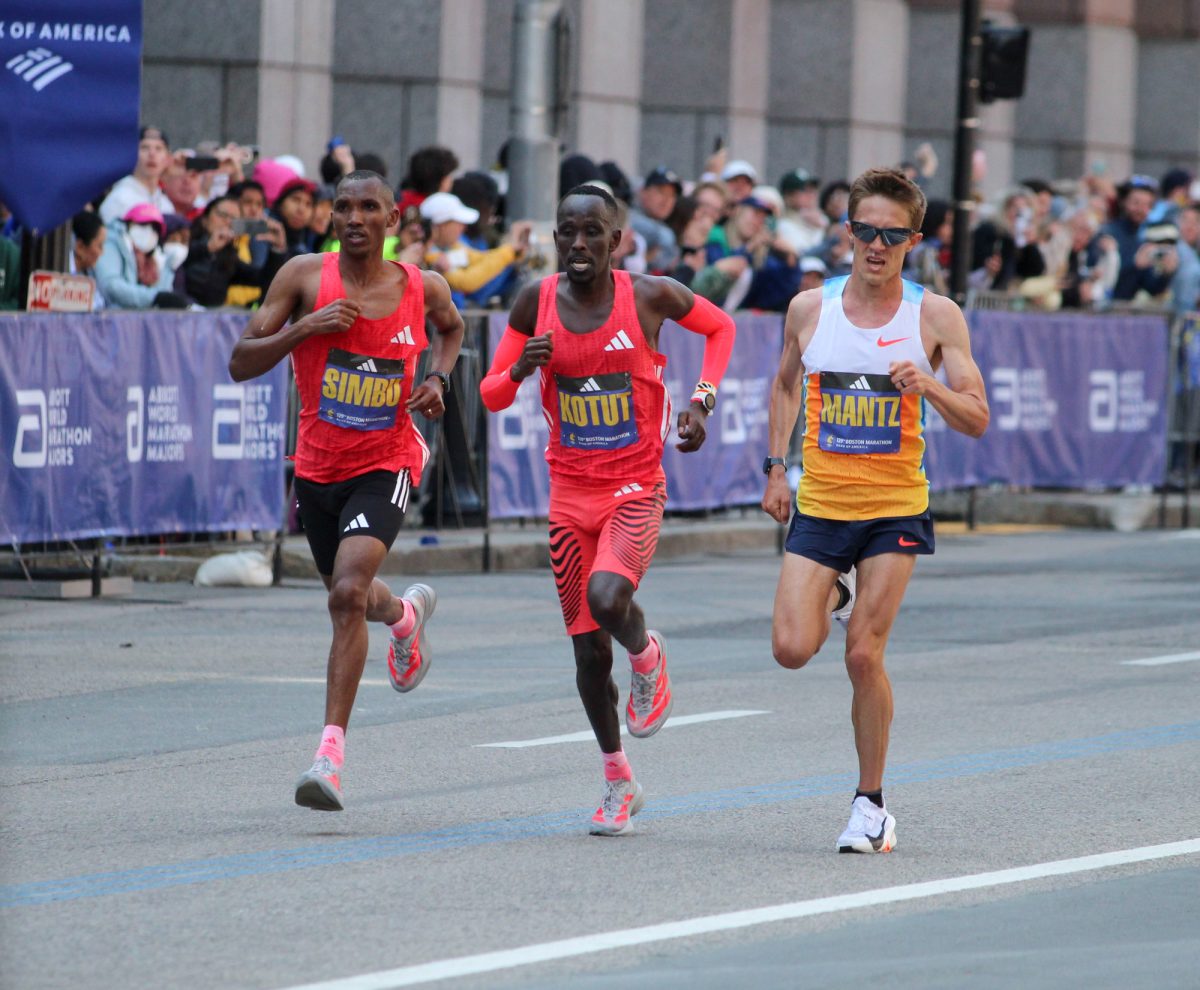While taking a Duck Tour is a ride by the park, leading a Duck Tour — and maneuvering military vehicles through city streets while spewing history facts — is a bit tougher.
In late March, Duck Tours drivers-to-be wrap up their history lessons and put their knowledge and driving skills to the test.
Wayne Carroll takes his Duck for a spin around the Back Bay, with Duck Tours historian James Healy carefully taking notes on his factual accuracy and performance. After the practice run, Healy tells Carroll what he needs to work on and helps him straighten out the facts.
“You said that William Blackstone was a Puritan. He was not; he was actually an Anglican,” Healy says to Carroll.
“You said he wanted the Puritans to settle in Boston, but back then there was no Boston yet,” he continues.
Carroll accepts the constructive criticism. “There’s a lot of mistakes I know I made,” he admits.
Tourists might not nit-pick these kinds of details, but Healy works with trainees to make tours engaging and accurate.
DUCK SEASON
Ducks of a different color are seen driving through the streets of Boston and splashing in the Charles River from late March to November. Drivers in quirky costumes with over-the-top personalities steer revamped World War II vehicles through the city and call themselves “conDUCKtors.”
Being a Duck driver is no small feat, Healy said. He trains new drivers and works to find the best people for the job.
“We look for people who are outgoing, have a sense of humor and like working with the public,” Healy said.
It also helps if potential drivers like history. The manual trainees are expected to study is as intimidating and fact-dense as a college textbook. The book covers tour sites, interesting facts and a thorough history of Boston. When tour takers ask a question that a driver cannot answer, Healy finds the answer and then adds the fact to the manual.
“Generally, if someone has a question about Boston, we can find the answer,” Healy said.
Although there are basic ideas each driver must explain for his mobile audience, each character creates his own narration for the tour, Healy said.
Trainees walk the tour — an 80-minutes-by-Duck course that spans an area from the Prudential Center in the Back Bay to the Bunker Hill Monument in Charlestown — and visit the historic buildings they point out from the road. This practice, along with history classes administered during a six-week training period, are meant to ensure tour guides have a full appreciation for all sites.
Carroll said he thinks the company offers good job training.
“They’re very patient and allow us to progress at our own pace,” he said.
Duck drivers bring different backgrounds and personalities to the job. Carroll said that as Captain Mack he plans to base his character off his 27-year career driving Pepsi trucks. Carroll said he is ready to manage a Duck on the notoriously hostile streets of Boston.
“I think it’s easier than driving the big tractor trailers. It’s like a big SUV,” he said.
Big SUV or not, before “conducktors-to-be” get behind the wheel and take the mandatory road test, they must meet a laundry list of qualifications: a commercial driver’s license, a regular driver’s license, a Coast Guard captain license (which, drivers say, is a comprehensive requirement) and some city-specific certifications.
The current crew ranges from 20 to 60 years old. High school graduates, ex-military men, former corporate workers and job-hunting college students comprise the staff.
Character-in-training Major Scoop — an aspiring news reporter — is played by Bill O’Connell, 27, who has been working for Duck Tours for nine years. The summer after his freshman year of college, O’Connell’s mother told him to “Get a job!” and handed him a classified ad for the company.
O’Connell has been with Duck Tours since then, working as a dispatcher and in other positions. He is now ready to drive a Duck.
“I’ve always loved history. What better job to have?” O’Connell said.
F WORDS
Duck Tours trainees are indoctrinated in the three Fs: freedom, firsts and fun. By using a theme of Boston as the birthplace of freedom, the city of firsts and a place for fun, the Duck drivers must hold customers’ interest for nearly an hour and a half.
“We’re in the business to entertain, but also to inform,” Healy said.
Justin Carle, also known as Red Auerquack, number one Boston Celtics fan, graduated from University of Massachusetts-Amherst and began entertaining crowds five years ago.
Every time Carle steps aboard his Duck, he makes sure to rev up the crowd and draw a laugh by proclaiming his love for the “second-worst team in the NBA.”
Wearing green Celtics attire from head to toe, Carle said he lovers his job as Auerquack.
His favorite type of tourist, he joked, is “anybody that tips.”
“No, really the best crowds are the ones that know what they’re getting themselves into. With names like Sergeant Meatball and Red Auerquack, you gotta know what you’re in for,” he said.
HISTORY LESSON
The “Ducks,” as soldiers called them during World War II, were built by General Motors Corporation and served as cargo ships during the war. The DUKWs — a military designation that indicates they were made in 1942 and are amphibious utility vehicles with front-wheel drive and two rear-driving axles — made it easier for soldiers to transfer cargo onto land when docks had been destroyed. About 21,000 were built and around 1,000 are still used today for tours.
Boston Duck Tours opened in 1994 as a small operation with four Ducks and fifteen employees, but now has 24 vehicles and more than 100 employees.
The catchy names given to the Ducks were thought of by local elementary school children and members of the company. North End Norma, Charley River, Old Gloria, Olga Ironsides and Fenway Franny are some of the Boston-specific names painted on the brightly colored Ducks.
On a chilly April afternoon, a Duck Tours employee directed a crowd of tourists onto a vehicle. Miss Emma Science is the only Duck of the Boston fleet that served outside the U.S., in Europe. “To the left, to the left,” the crew member intoned, mimicking a Beyoncé song.
Major Groovy, an easy-going hippie character, wearing hip shades and dressed in purple to match his Duck — who goes by Paul Mogan when off the Duck — started off the ride by reciting tour rules.
“Do not throw spitballs at cops,” he said was the most important rule.
Drivers are encouraged to work the quirks of city living into the tour. As the Duck moved down Boylston, a shirtless man eccentrically dancing down the street became part of the tour. Mogan pointed Talbots sales signs out to women on the tour who might want to shop later.
Mogan kept up his character’s anti-authority attitude through out the ride, mixing facts with jokes and Boston cultural references.
“The reason why there’s so many Dunkin’ Donuts throughout Boston is because it’s the only way to dispense the police force,” Groovy announced as the Duck drove away from the North End.
As Mogan waited to splash his Duck into the Charles River, he drew attention to another Duck.
“Oh look, it’s the sissy duck,” he said, as a pink duck passed by. “I guess I shouldn’t talk. Look what I’m driving.”
As his Duck toured Bunker Hill and Charlestown, Mogan pointed out another war-worn ship.
“It’s the Elizabeth Taylor of warships. It survived 38 engagements,” he said as the Duck passed the USS Constitution.
Although the early-spring crowd was cold by the end of the tour, Mogan said he thought the tour was a success.
“It’s a unique experience on top of a city filled with rich history. It’s a stage that people gravitate towards.”

